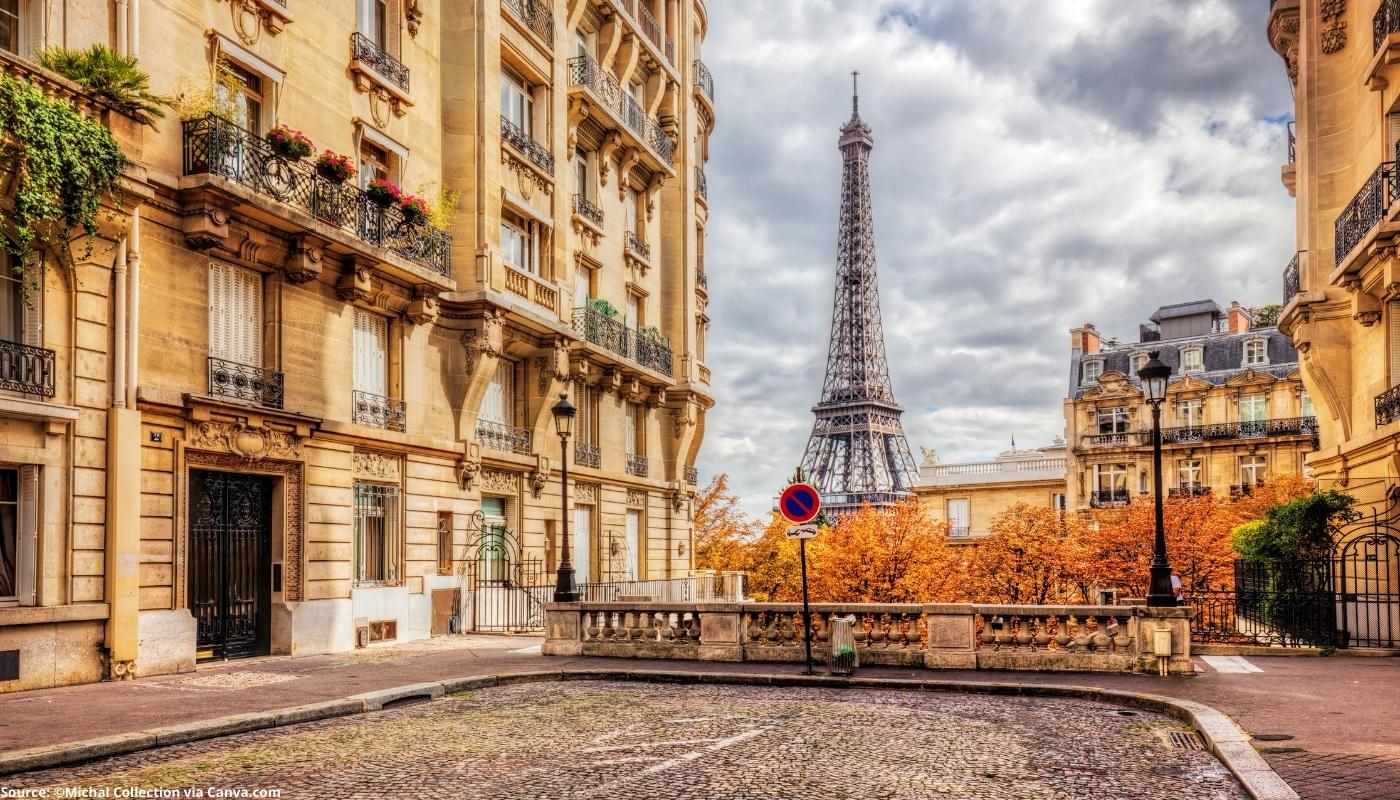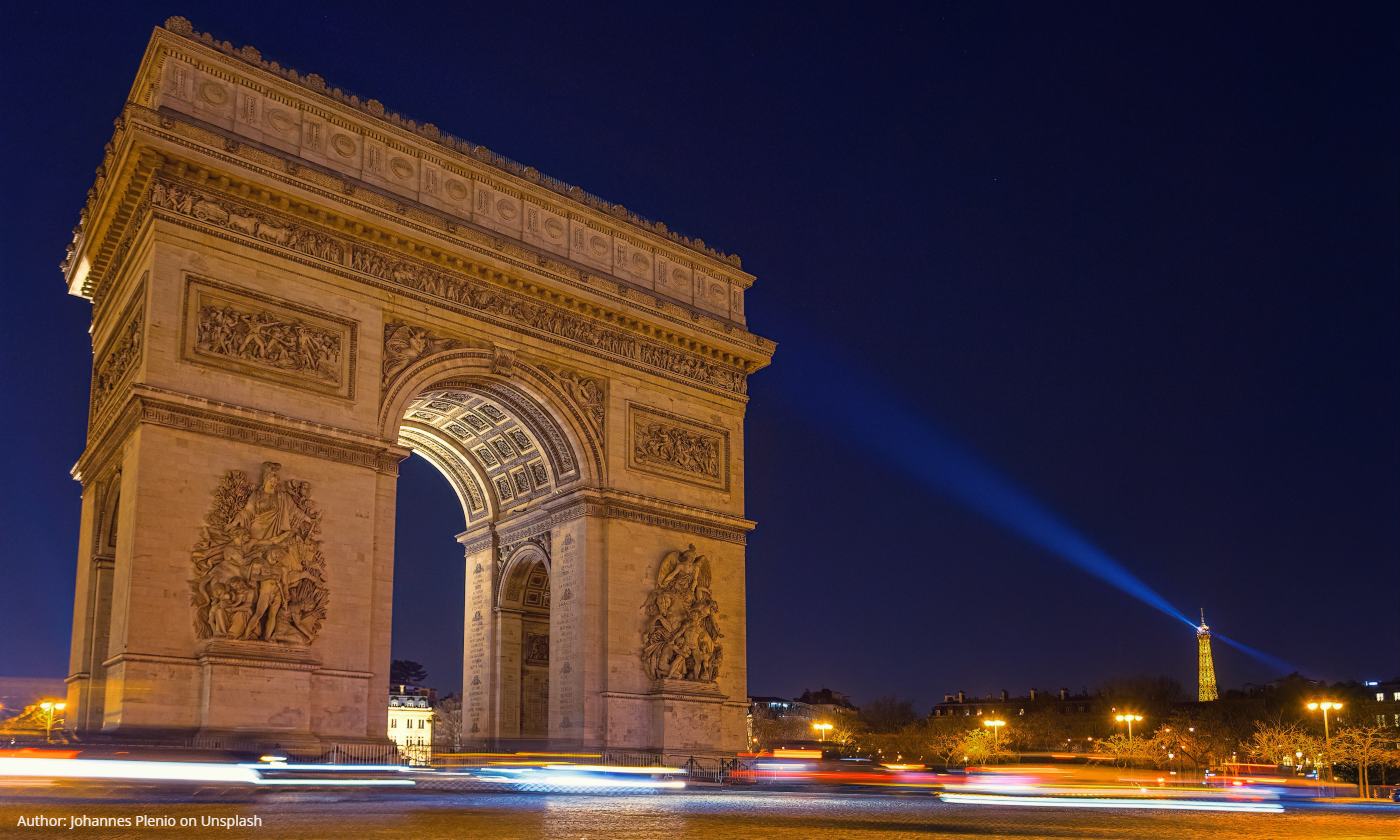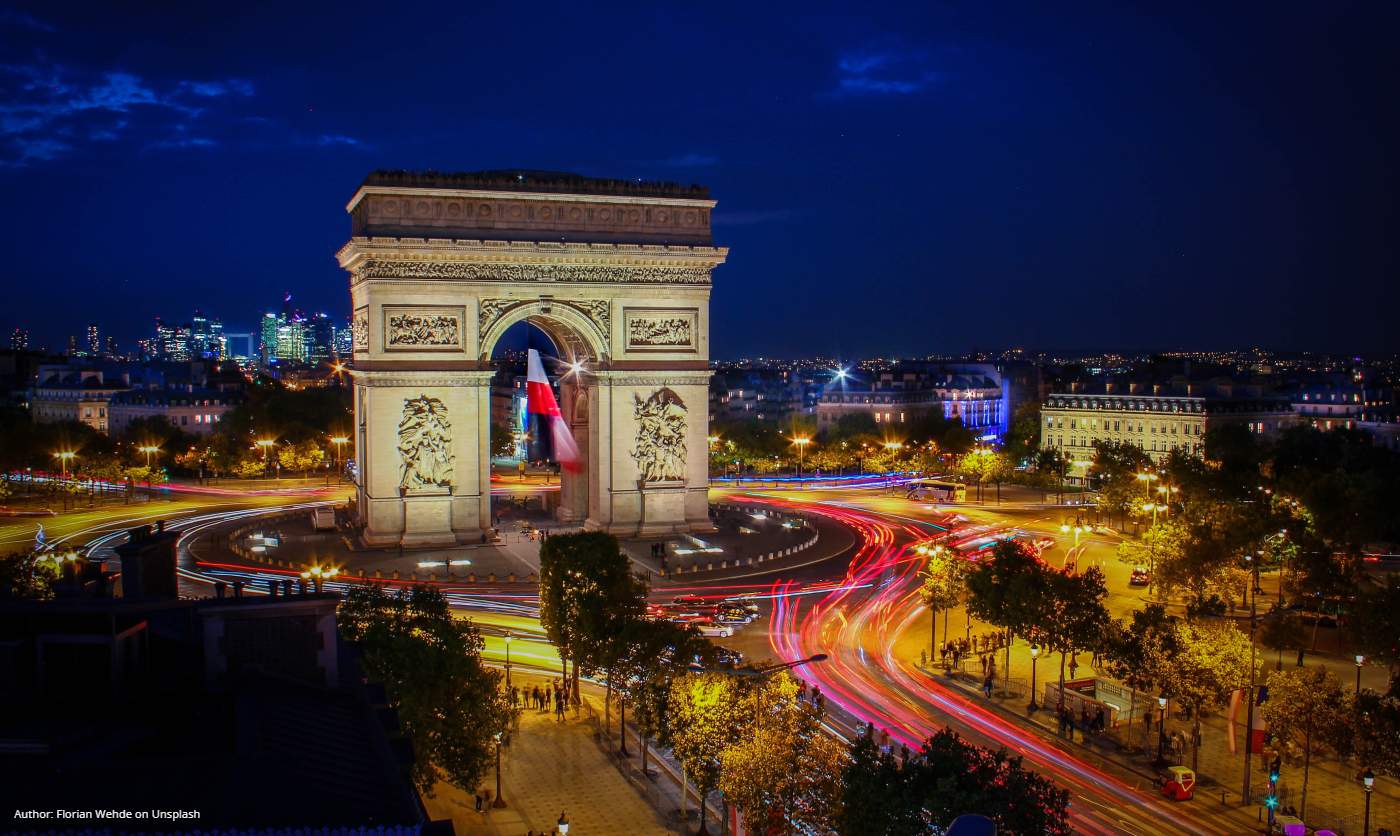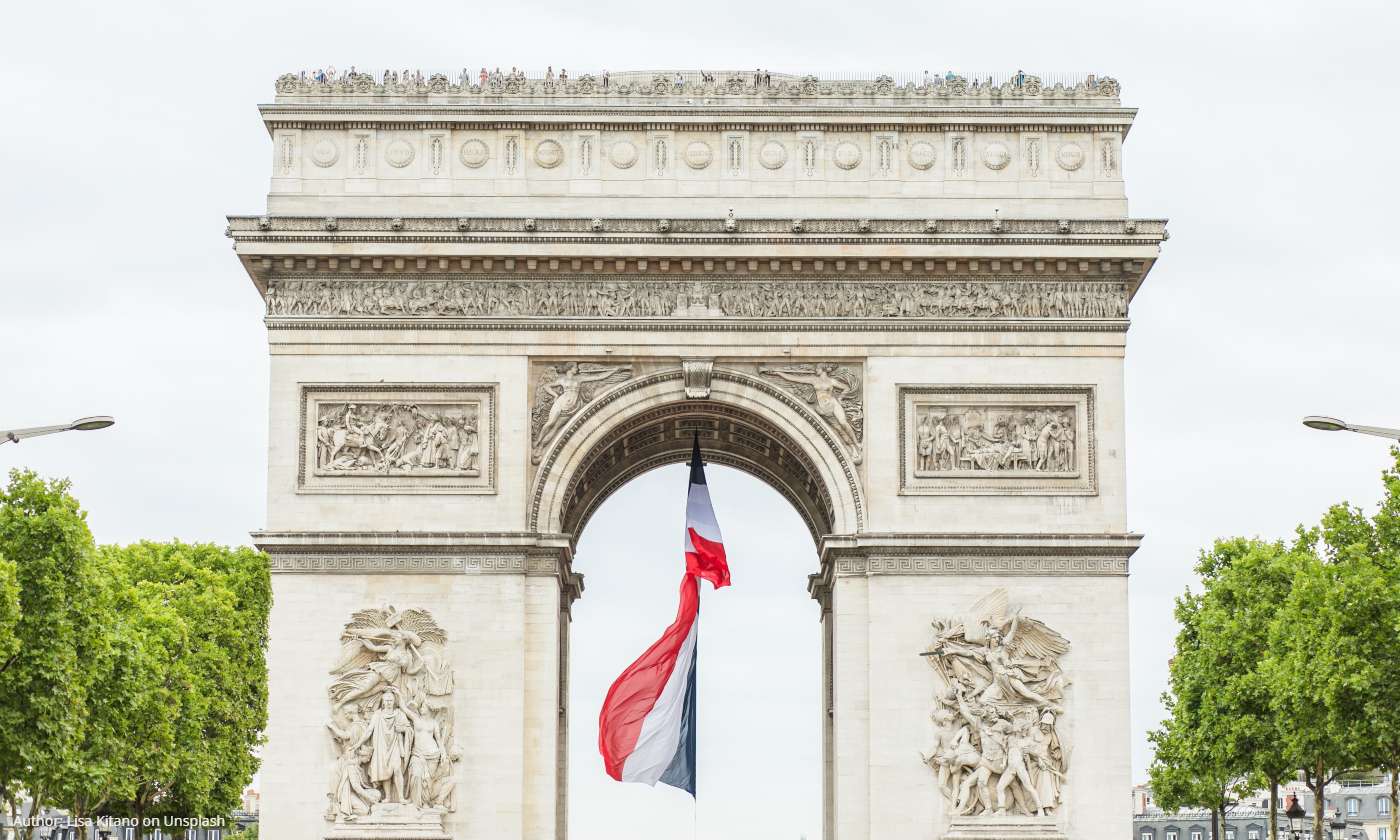Eiffel Tower
Share this attraction
Back

Eiffel Tower
Paris
Eiffel Tower - the most important information
This tourist attraction, synonymous with Paris and its tourism, is also the most visited one. The Eiffel tower has stood proudly since 1889 despite all odds and dislikes. Today, you can explore and climb its many stairs or take an elevator to the top floor. From the height of 276 meters, you'll get a new admiration of Paris.
History of the Eiffel Tower
At the moment of the building, nothing of that kind existed, and it wasn't planned for the tower to stand for so long. The Exposition Universelle, or the International Exposition, was held in Paris in 1889 when the Eiffel Tower debuted. This exposition was to be the 100th anniversary of the French revolution, and a masterpiece of a monument had to be its star. A competition was organized, more than 100 applications were reviewed, and the Centennial Committee decided that the best one was the work of engineer Gustav Eiffel. It got its fair share of bad reviews from architects and artists, but it represents a monumental step forward in the architectural world. Construction lasted from 1887 to 1889; it was finished just on time to be the entrance gateway of the exposition. Today this iron construction reaches 324 meters of height, and each of the pillars is as important.
What to see and do at the Eiffel Tower?
You can access three parts of the Eiffel Tower, but also admire it from the ground. Stunning views from the top aren't the only thing worth checking, so be sure to explore:
History of the Eiffel Tower
At the moment of the building, nothing of that kind existed, and it wasn't planned for the tower to stand for so long. The Exposition Universelle, or the International Exposition, was held in Paris in 1889 when the Eiffel Tower debuted. This exposition was to be the 100th anniversary of the French revolution, and a masterpiece of a monument had to be its star. A competition was organized, more than 100 applications were reviewed, and the Centennial Committee decided that the best one was the work of engineer Gustav Eiffel. It got its fair share of bad reviews from architects and artists, but it represents a monumental step forward in the architectural world. Construction lasted from 1887 to 1889; it was finished just on time to be the entrance gateway of the exposition. Today this iron construction reaches 324 meters of height, and each of the pillars is as important.
What to see and do at the Eiffel Tower?
You can access three parts of the Eiffel Tower, but also admire it from the ground. Stunning views from the top aren't the only thing worth checking, so be sure to explore:
- The Esplanade: At the bottom, you'll be greeted by a sculpture of Gustave Eiffel and the information desk, and before you start climbing, visit The Rendez-Vous Boutique at the Western pillar or some of the food stands that smell divine.
- First Floor: After climbing 360 steps and reaching 57 meters, you can relax at the leisure area, explore the former staircase or have a bite at a buffet.
- Second floor: Home to the famous Michelin star restaurant Le Jules Verne from where you'll enjoy mesmerizing Paris views while tasting Frédéric Anton's gourmet dishes.
- The top: At 276 meters of height, you'll find two viewing platforms, Gustave Eiffel's office, a model of the Eiffel Tower's top-level, and a Champagne bar.
- Sparkling Lights: Every night after sundown until 1 am, the tower is illuminated via a system that uses 20.000 light bulbs cast in a 360-degree rotation.
Tickets and opening hours
- Eiffel tower is open for touring: Standard opening hours are from 9:30 am to 5:30 pm, with the main entrances closing at 4:30 and the Tower closing at 10:45 on weekends. During the holidays and a short period from late November until mid-December, it stays open for an hour longer at night. Working hours also depend on whether you plan on using the stairs or the lift.
- Tickets: You can buy your ticket online or at the ticket office at one of the pillars. The ones on the West and East sell tickets for the elevator ride, and the one at the South pillar sells the stair tickets. Depending on which part of the tower you want to visit, your ticket can cost you a minimum of 10,50€ for stair access to the second floor, and it goes up to 26,10€ for lift access to the top.
To see the details of every possible ticket option and specific opening hours, visit the Eiffel Tower official website.
How to get to the Eiffel Tower?
The prime location of the tower makes it easy to find and reach. Public transportation will take you to the walking distance of the tower, and from there, you can enjoy it from the Champ de Mars or go up close and explore it.
How to get to the Eiffel Tower?
The prime location of the tower makes it easy to find and reach. Public transportation will take you to the walking distance of the tower, and from there, you can enjoy it from the Champ de Mars or go up close and explore it.
- By metro: Take line 6 to the Bir-Hakeim station, line 8 to the Ecole Militaire station, or line 9 to the Trocadéro station. Depending on where you take off, it will take you less than 15 minutes to walk to the tower.
- By bus: Lines 30, 42, 69, 72, 82, and 86 take you to the stations close to the Eiffel tower, some of them being Champ de Mars and Tour Eiffel.
- By RER: Take line C to the station Champ de mars from where you need to walk to the tower.
- By Batobus: Get off at the Tour Eiffel station.
Eiffel Tower trivia
- We almost lost this architectural wonder during WW2, as Hitler ordered for it to be torn down. That order was, fortunately, never followed.
- The tower was helpful in the fight against German communications during WW1; that's when a telegraphy antenna was installed at the top.
- If you visit it more than once you might catch its change in height, caused by the weather. The heat can make the structure expand approximately 15cm in height, and the wind shrinks it as much.
- It was "sold" by a con artist Victor Lustig to the unsuspecting André Poisson. Lustig ran away with the money to Austria. His second attempt at selling the tower sometime later wasn't successful, and he fled to the U.S.A. to avoid prison.
Location
Learn more about this destination
Discover the beauty of the destination through blogs that highlight the most famous landmarks, hidden gems, and provide travel tips for visiting this destination. Embark on an adventure through the stories of experienced travelers.



























